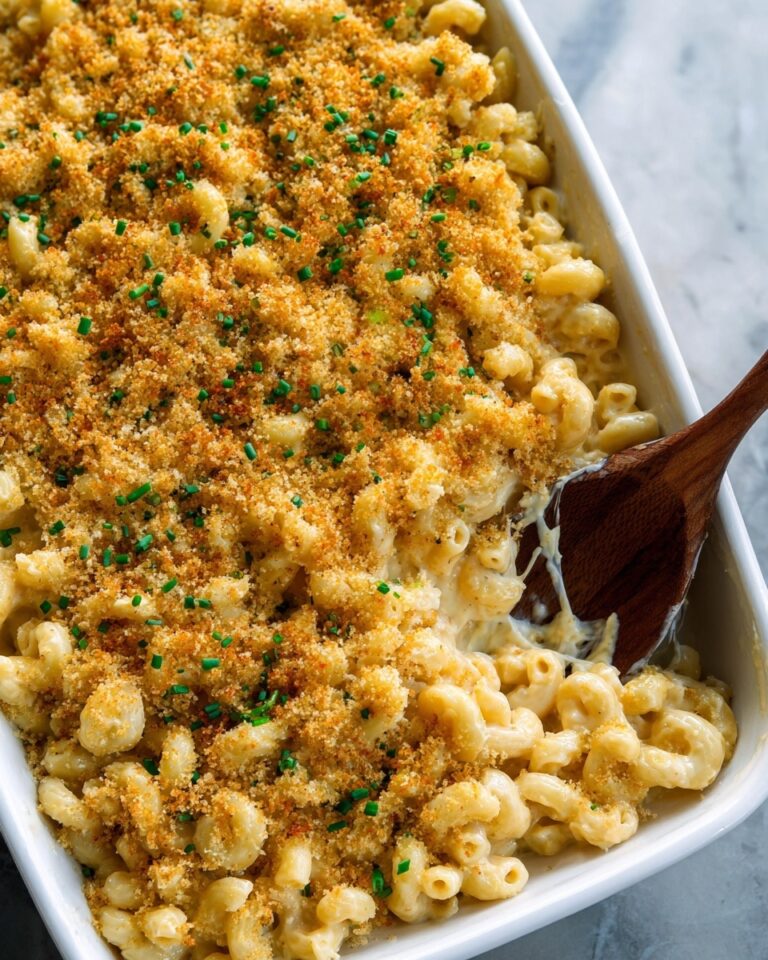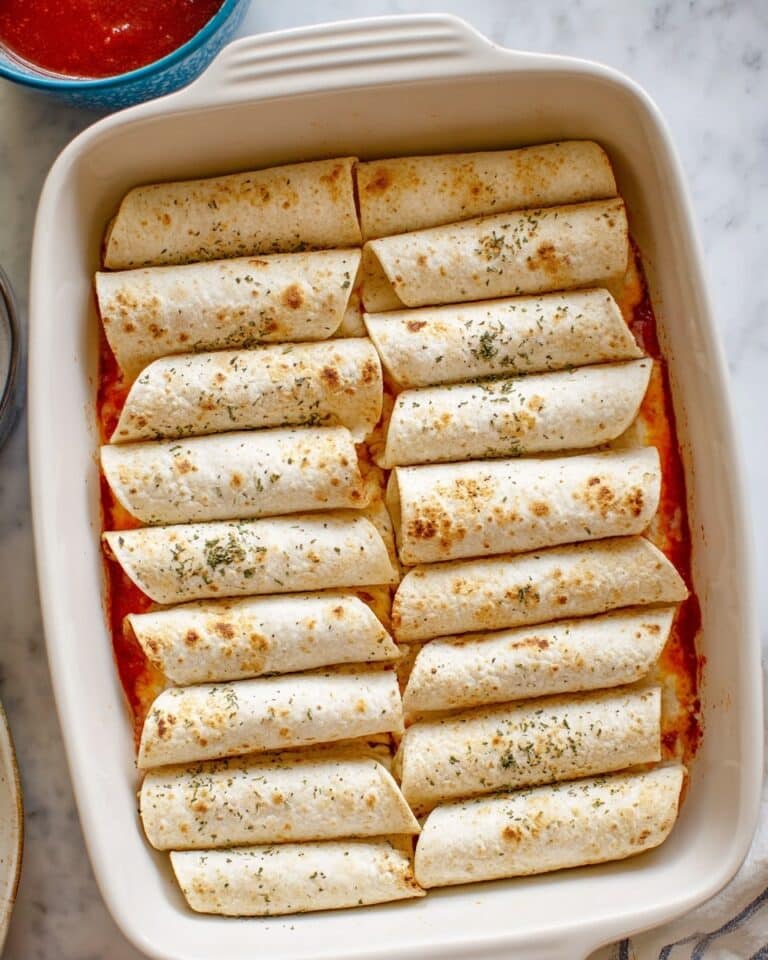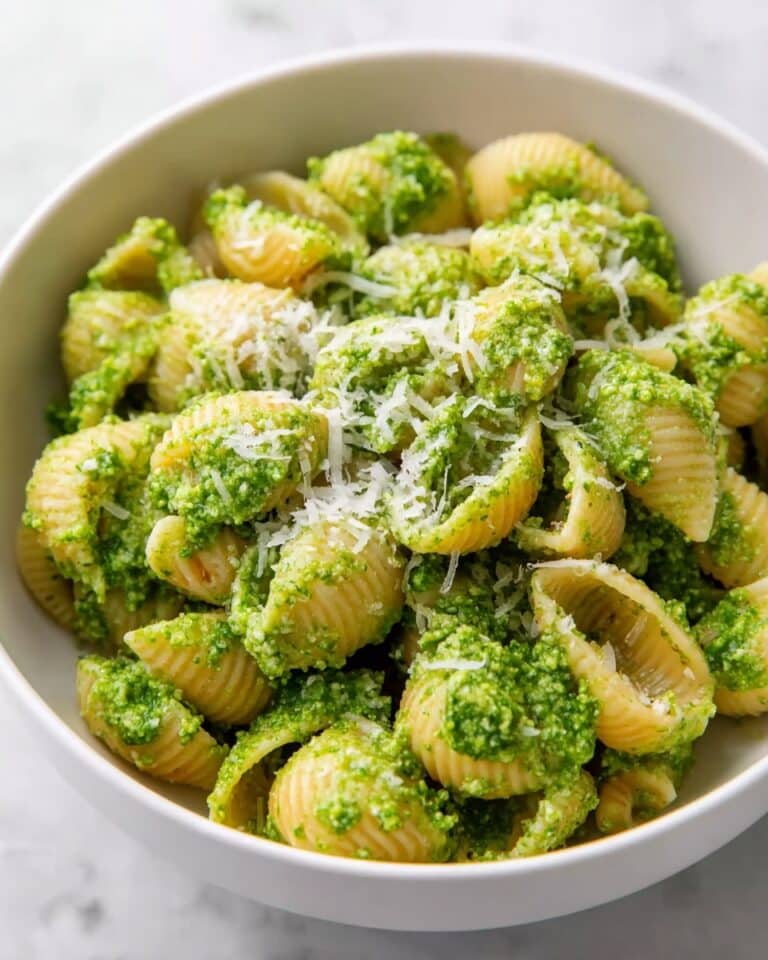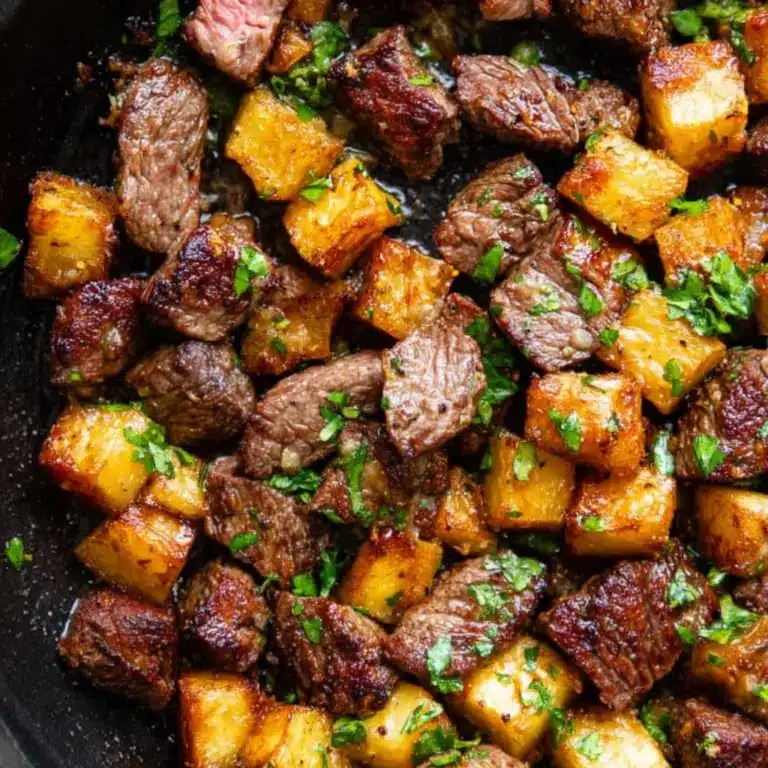Easy Homemade Ciabatta Bread Recipe for Perfect Sandwiches
If you have ever dreamed of baking your own bakery-quality bread at home, this Easy Ciabatta Bread recipe is a delicious recipe that will make that dream come true. Ciabatta, meaning slipper because of its distinctive shape, boasts a crunchy golden crust paired with a light, airy, and bubbly interior that simply melts in your mouth. Whether used for hearty sandwiches or dipped into extra virgin olive oil, this bread delights with every bite, bringing a warm, rustic charm right to your kitchen.
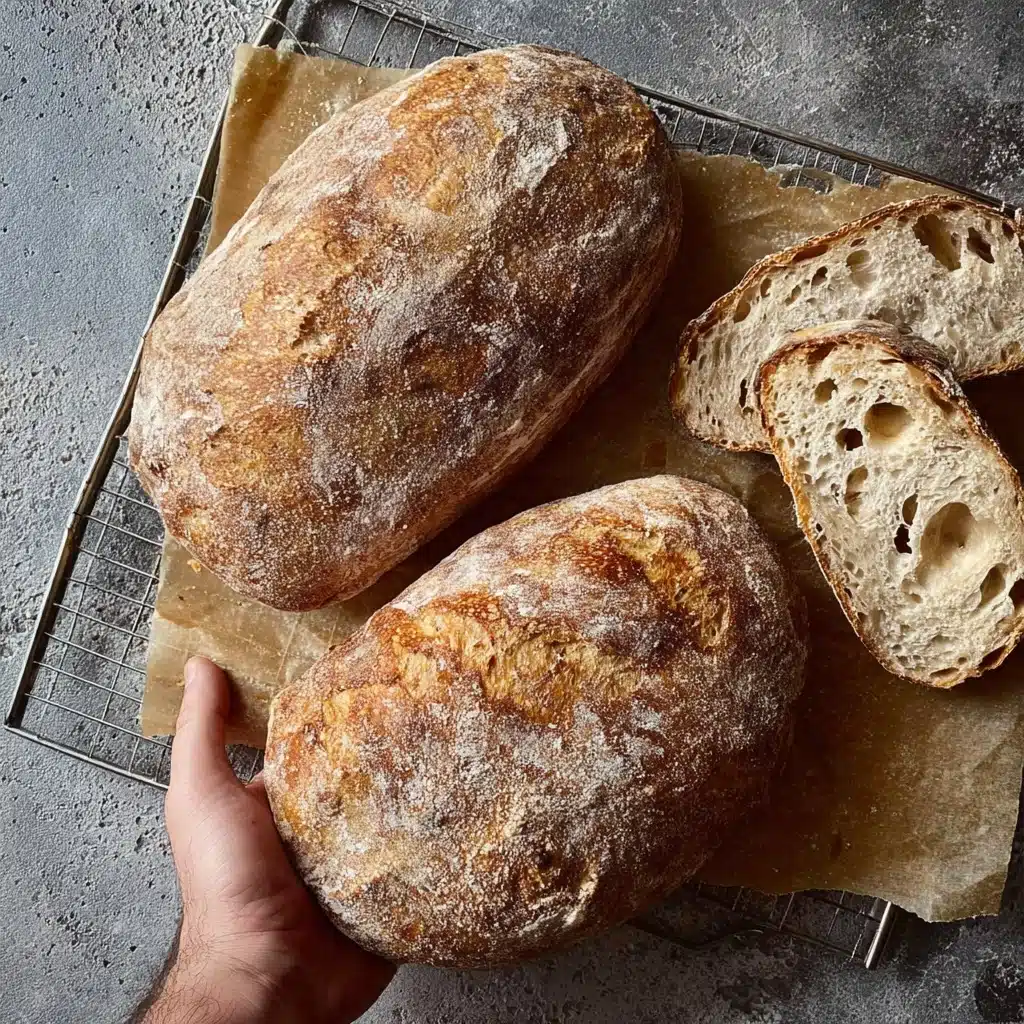
Ingredients You’ll Need
This delicious recipe relies on just a handful of simple ingredients, each playing a key role in delivering that perfectly chewy ciabatta texture and beautiful crust. From the strong white bread flour that gives structure, to the fresh yeast sparking the rise, every component is essential to capture the authentic Italian feel.
- 400g strong white bread flour: The backbone that provides gluten strength and structure for that iconic chewy crumb.
- 300g warm water: Hydrates your flour and activates the yeast for a bubbly, airy interior.
- 6g fresh yeast or 3g dried yeast: The magical rising agent that brings your dough to life.
- 10g sea salt: Enhances flavor and controls yeast activity for balanced fermentation.
- Extra flour for dusting: Keeps your dough from sticking during shaping and helps maintain its delicate bubbles.
How to Make Easy Homemade Ciabatta Bread Recipe for Perfect Sandwiches
Step 1: Mixing the Dough
Start by dissolving the yeast in your warm water using just one hand to mix until fully blended—no granules in sight! Then, add all your flour at once and mix vigorously with the other hand for about 5 minutes until the dough looks shaggy and no dry flour remains. Salt is added after this initial mix, and then incorporated fully by mixing another minute while scraping the bowl sides clean. Expect a sticky, wet mass; this is exactly what a ciabatta dough should be.
Step 2: Creating a Warm, Humid Resting Environment
Cover your dough and keep it somewhere warm and humid for one hour to encourage fermentation. While professional bakeries use precise proofers, you can mimic this by placing your covered dough inside your oven or microwave with the temperature around 25-27°C and a bowl of boiling water to preserve humidity. This trick helps the yeast work its magic for that delicious recipe texture and flavor.
Step 3: The Coil Fold Technique
After resting, gently lift and fold the dough using the coil fold method: rinse your hands, carefully scoop the dough from the middle, and fold one end underneath the center, repeating on the other side. Rotate the bowl and continue until the dough resists stretching, showing it has built strength. Repeat this powerful step three more times with 45-minute rests in between, finishing with a 30-minute final rest to perfect dough structure and develop an airy crumb.
Step 4: Shaping Your Ciabatta
Create a well-floured surface to handle your dough gently, turning it upside down without deflating those precious air bubbles. Sprinkle more flour on top before dividing the dough into two equal parts with a scraper. The rustic slipper shape doesn’t have to be perfect; avoid pressing too much, as keeping dough airy is paramount to a delightful chew and open crumb pattern.
Step 5: Baking with Steam for the Perfect Crust
Place your ciabatte on a baking tray lined with parchment paper and give them a 15-minute rest. Preheat your oven to 230°C (fan) and position a small deep tray at the bottom. When ready, slide the breads in, pour half a glass of cold water into the tray to create steam, and shut the oven quickly to trap moisture. This steam is essential to develop the crispy golden crust that makes this delicious recipe stand out. Bake 15-20 minutes until a rich golden-brown crust forms.
Step 6: Cooling to Build Flavor and Texture
Once baked, resist the temptation to slice into the warm bread immediately. Let your ciabatta cool completely on a rack for at least two hours, or ideally overnight. This resting period allows the crumb to set beautifully and flavors to deepen, rewarding your patience with an irresistible loaf.
How to Serve Easy Homemade Ciabatta Bread Recipe for Perfect Sandwiches

Garnishes
This delicious recipe is best when kept simple to celebrate its natural flavors. Serve slices alongside high-quality, extra virgin olive oil sprinkled with a pinch of flaky sea salt or dipped into marinated balsamic vinegar. Fresh herbs like rosemary or thyme also work wonderfully when lightly sprinkled on top just before serving.
Side Dishes
Ciabatta shines as a companion to warm soups like tomato basil or minestrone, as well as hearty stews. It also pairs beautifully with fresh salads, cheeses, and cured meats, making it versatile for everything from casual lunches to elegant dinners. The bread’s texture stands up well to spreads, transforming any meal into a comforting, gourmet experience.
Creative Ways to Present
For a charming presentation, slice your ciabatta diagonally to showcase that bubbly interior. Stack with fillings like ripe tomatoes, mozzarella, basil, and a drizzle of pesto for an instant caprese sandwich. Or turn slices into crostini, toasted with garlic butter and topped with bruschetta or savory tapenades, impressing guests with minimal effort.
Make Ahead and Storage
Storing Leftovers
Ciabatta keeps best when stored in a paper bag or bread box at room temperature to preserve the crust’s crunch. Avoid plastic wrapping, which can soften the crust. Consume within two days for the freshest experience that stays true to this delicious recipe’s quality.
Freezing
If you want to save your ciabatta for longer, slice it first, then freeze in airtight bags. When you want to enjoy it, pull out the number of slices needed and toast or warm directly from frozen. This method keeps the bread fresh without compromising texture.
Reheating
To revive your ciabatta’s crisp exterior and soft crumb, warm slices in a preheated oven at 180°C for 5-7 minutes or toast in a dry pan. Avoid microwaving, which tends to make the bread rubbery and dense, downgrading this delicious recipe’s signature texture.
FAQs
Why is my ciabatta dough so sticky?
This dough has a high hydration level, meaning it contains more water than many other bread types, which results in a wet and sticky texture. This stickiness is necessary to develop an open crumb with those beautiful air pockets.
Can I use instant yeast instead of fresh yeast?
Yes, you can use instant or dried yeast to substitute fresh yeast; just use half the same weight amount as indicated. Instant yeast may require slightly different proofing times, so keep an eye on your dough’s rise.
What does the coil fold do for the dough?
The coil fold strengthens the dough’s gluten network without harsh kneading, allowing it to hold its airy structure and develop great elasticity, which is crucial for ciabatta’s signature open crumb and lightness.
Why do I need to create steam in the oven?
Introducing steam helps keep the dough surface moist during the initial baking phase. This encourages maximum oven spring (rise) and forms a thin, crispy crust essential to this delicious recipe’s characteristic texture.
Can I shape the dough into rounds instead of ciabatta shapes?
Absolutely! While the traditional form resembles a slipper, shaping into rounds or baguette shapes works fine. Just handle gently to keep those air pockets intact and adjust baking time accordingly if the size changes.
Final Thoughts
Baking this Easy Ciabatta Bread is an incredibly rewarding experience that brings a little slice of Italy right to your home kitchen. This delicious recipe promises a crunchy crust, fluffy crumb, and endless possibilities for indulgent sandwiches or simply dipping into good olive oil. Give it a try—you’ll be amazed how straightforward and satisfying homemade ciabatta can be, creating warm memories with every bite.
Print
Easy Homemade Ciabatta Bread Recipe for Perfect Sandwiches
- Total Time: 3 hours 50 minutes
- Yield: 2 ciabatta loaves 1x
- Diet: Vegetarian
Description
This easy ciabatta bread recipe yields two loaves of Italian-style bread characterized by a crispy, golden-brown crust and a light, airy, and bubbly interior. Perfect for sandwiches or served with extra virgin olive oil as a daily bread, this recipe employs a simple dough with a high hydration level, a coil-fold technique for structure, and steam baking for a crusty finish.
Ingredients
Dry Ingredients
- 400g strong white bread flour, plus extra for dusting
- 6g fresh yeast or 3g dried yeast
- 10g sea salt
Wet Ingredients
- 300g warm water
Instructions
- Prepare the yeast mixture: In a large bowl, combine the warm water and fresh or dried yeast. Stir with one hand until the yeast dissolves completely. This activates the yeast to facilitate fermentation.
- Mix the dough: Add all the flour to the yeast mixture. Hold the bowl steady with one hand and use the other to mix vigorously for about 5 minutes until the mixture forms a very shaggy dough with no dry flour remaining.
- Add salt and mix: Incorporate the sea salt into the dough and mix for another minute, scraping all flour from the sides of the bowl. The dough will be very sticky and wet; resist adding extra flour.
- Manage stickiness: To handle sticky dough, rub a handful of dry flour between your hands before touching the dough. This absorbs excess moisture and prevents the dough from sticking excessively, and you can return any flour crumbs to the dough.
- First proof: Cover the bowl and place it in a warm (25-27°C), humid environment. To create this, place a cup of boiling water in your oven or microwave with the bowl, and close the door tightly. Let the dough rest and ferment for 1 hour.
- Start coil folds: Rinse your hands and gently lift the dough from the center, folding one end under the middle, then the other, effectively coiling it. Rotate the bowl 90 degrees and repeat until the dough resists stretching. This strengthens the dough’s gluten structure.
- Subsequent folds: Repeat the coil fold technique 3 more times, allowing 45 minutes rest between each fold. After the final fold, cover the dough and rest for 30 additional minutes.
- Shape the loaves: Generously flour your work surface and the top of the dough. Gently invert the bowl onto the surface to release the dough without deflating it, sprinkle more flour on top, and divide the dough into two equal parts using a floured scraper. Handle the dough gently to preserve the air bubbles.
- Second proof: Transfer the two dough portions onto a baking tray lined with parchment paper, leaving space between them. Let them rest for 15 minutes.
- Preheat oven and prepare steam: Preheat your oven to 230°C (fan). Place a small deep tray at the bottom of the oven to create steam during baking.
- Baking: Just before baking, pour half a glass of cold water into the tray at the bottom of the oven and quickly close the door to trap steam. Place the ciabatta in the oven’s middle rack and bake for 15–20 minutes until the crust is golden brown and crispy. The steam ensures a good rise and crust quality.
- Cooling: Remove the bread from the oven and place it on a cooling rack. Let the ciabatta cool for at least 2 hours, preferably overnight, to allow the crumb to set properly before slicing and serving.
Notes
- Using a warm and humid environment during resting stages encourages optimal yeast fermentation and dough development.
- The coil fold technique strengthens high hydration doughs without excessive kneading.
- Do not be concerned if the dough shapes are irregular—they should be handled gently to preserve air bubbles for a light texture.
- Adding water to a tray during baking produces steam, essential for creating the crusty exterior of ciabatta.
- Allow the bread to cool completely before slicing to prevent a gummy texture inside.
- Prep Time: 20 minutes
- Cook Time: 15-20 minutes
- Category: Bread
- Method: Baking with Coil Folding and Steam Baking
- Cuisine: Italian
Nutrition
- Serving Size: 1 ciabatta loaf (approx. 350g)
- Calories: 840 kcal
- Sugar: 1.5 g
- Sodium: 650 mg
- Fat: 1 g
- Saturated Fat: 0.2 g
- Unsaturated Fat: 0.5 g
- Trans Fat: 0 g
- Carbohydrates: 175 g
- Fiber: 6 g
- Protein: 25 g
- Cholesterol: 0 mg
Keywords: ciabatta, Italian bread, homemade bread, crusty bread, soft inside bread, easy bread recipe, high hydration dough

